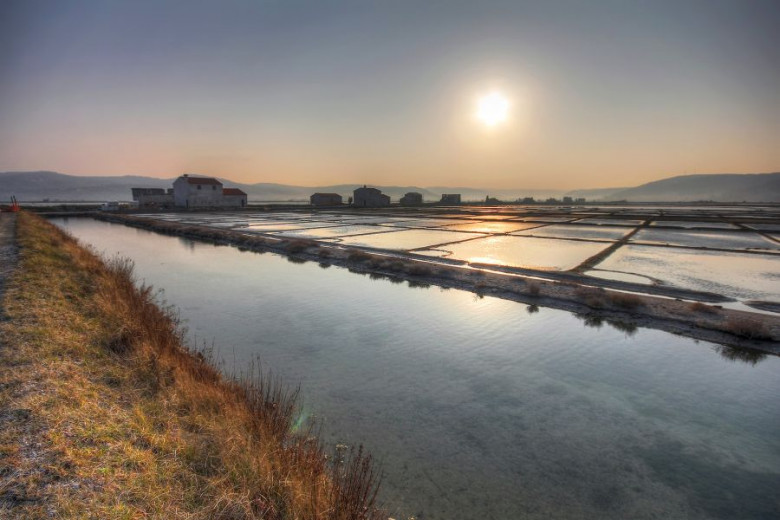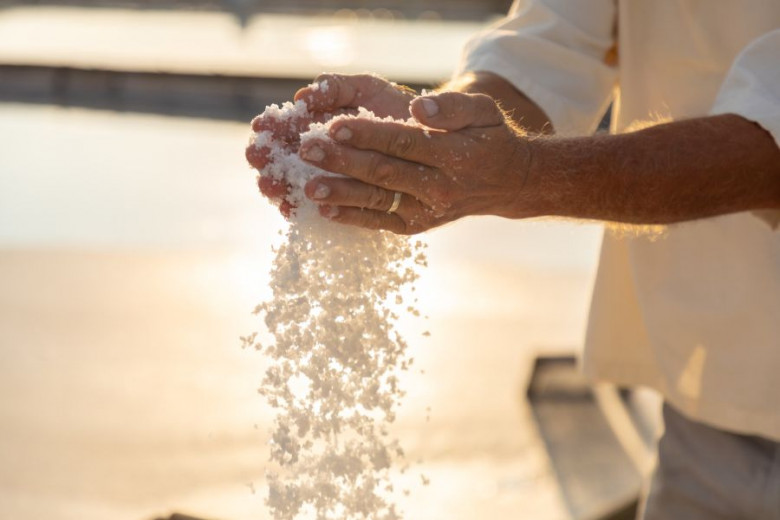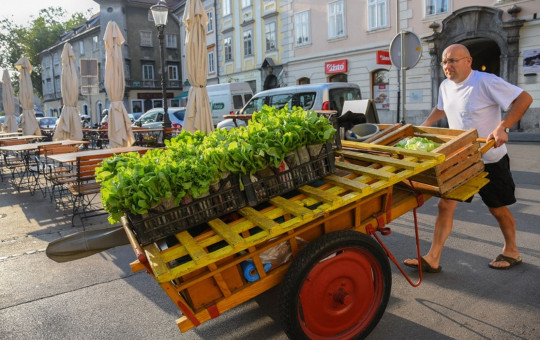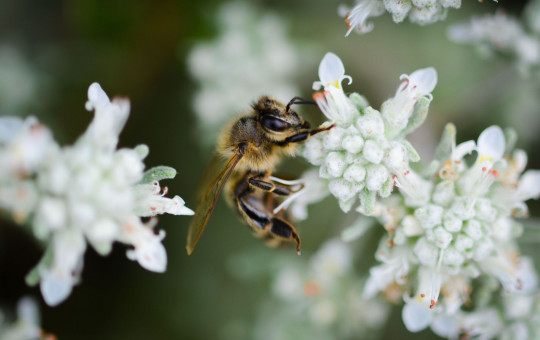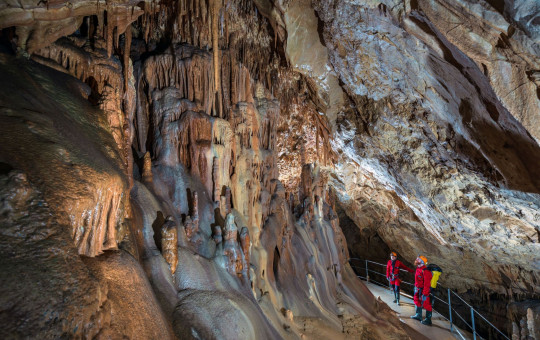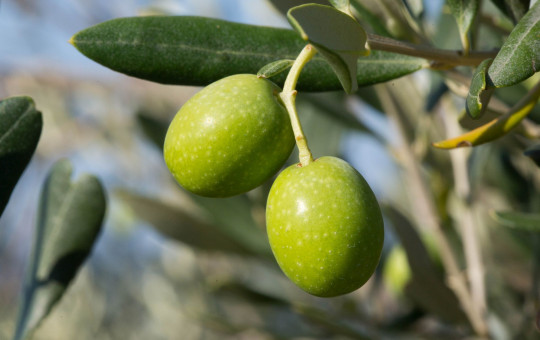Date: 29. July 2020
Time to read: 3 min
Water, both fresh and salty, has always been a source of fascination. Therefore, it comes as no surprise that the sight of salt pans can evoke strong feelings. It is a place where man and nature come together in silent harmony.
The salt pans are a protected area that is home to rare, even endangered plant and animal species. The ecosystem truly captivates the acute observer. Slovenian poet, essayist, translator and editor Tone Pavček dedicated many of his reflections and poems to the salt pans that represented for him a place of contemplation and inspiration.
The Morning Quiver
Each morning my step resounds
In praises of creation, sky and salt pans,
When a seagull swoops past me with a shriek
And I bid a cheery hello to a black-winged stilt.
The wind makes love to the water in the ponds
And a slight quiver sends ripples 'cross the surface,
As crystals gather mound upon mound,
Blessing us with precious salt.
The universe glistens in that crystal.
Next to the sea, lavender growing on the canal banks
Where a dead seagull lies. The seagull's death reminding passers-by
That everything is ever-changing
And everything stays just the same. Not even a minor ending
Evanesces, but rather blends into infinity.
Tone Pavček (1928–2011)
Sečovlje Salt Pans
Slovenia has two preserved saltpan areas: the Sečovlje Salt Pans and the Strunjan Salt Pans.
The Sečovlje Salt Pans lie in the town of Piran and cover an area of approximately 593 hectares. The area is home to rare and endangered plant and animal species. The combination of land and sea, fresh water and salt water living conditions increases the diversity of life in the salt pans. The Sečovlje Salt Pans are also a habitat for numerous birds, particularly during migration. Currently, the bird population here is made up of an astounding 296 different species.
-
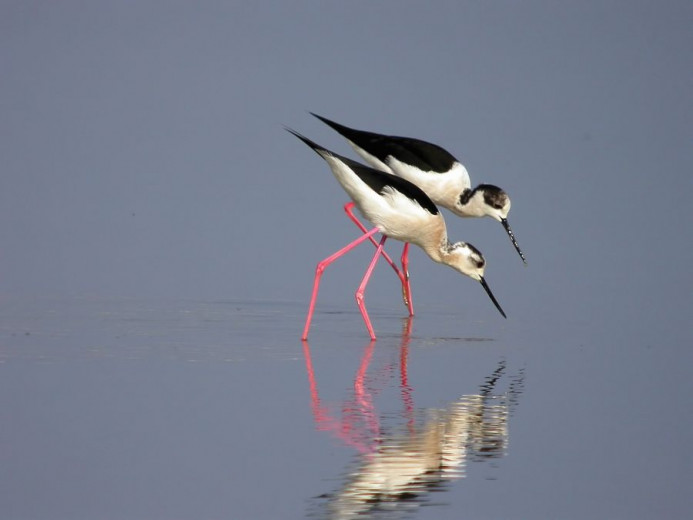 The black-winged stilt. Photo: Iztok Škornik/Sečovlje Salt Pans Landscape Park
The black-winged stilt. Photo: Iztok Škornik/Sečovlje Salt Pans Landscape Park
-
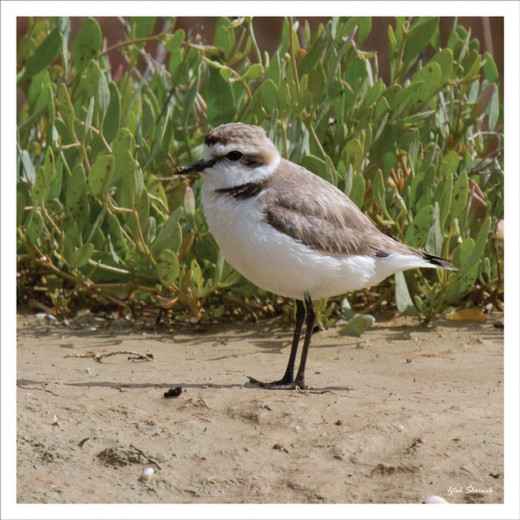 Alex. Photo: Iztok Škornik/Sečovlje Salt Pans Landscape Park
Alex. Photo: Iztok Škornik/Sečovlje Salt Pans Landscape Park
-
 White wagtail. Photo: Iztok Škornik/Sečovlje Salt Pans Landscape Park
White wagtail. Photo: Iztok Škornik/Sečovlje Salt Pans Landscape Park
-
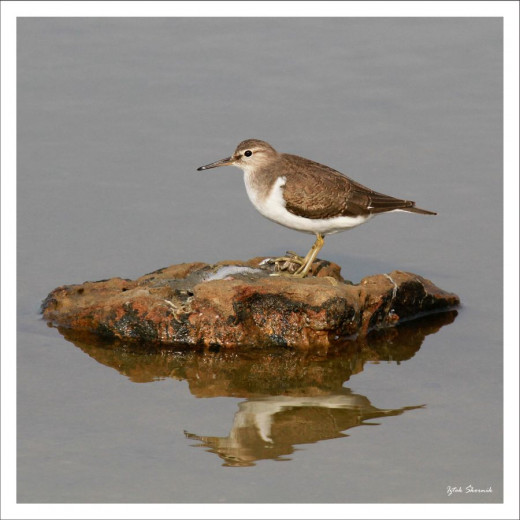 Actitis. Photo: Iztok Škornik/Sečovlje Salt Pans Landscape Park
Actitis. Photo: Iztok Škornik/Sečovlje Salt Pans Landscape Park
-
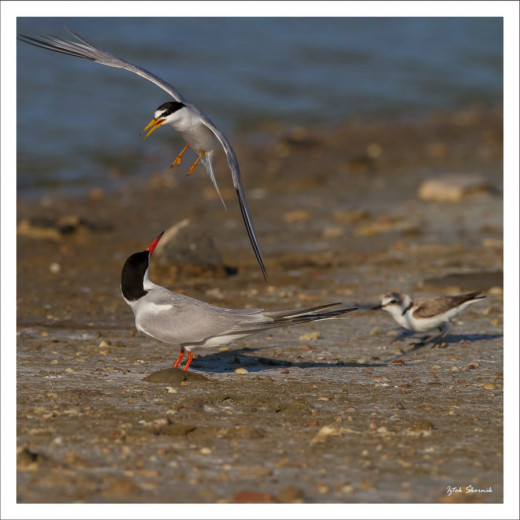 Action. Photo: Iztok Škornik/Sečovlje Salt Pans Landscape Park
Action. Photo: Iztok Škornik/Sečovlje Salt Pans Landscape Park
-
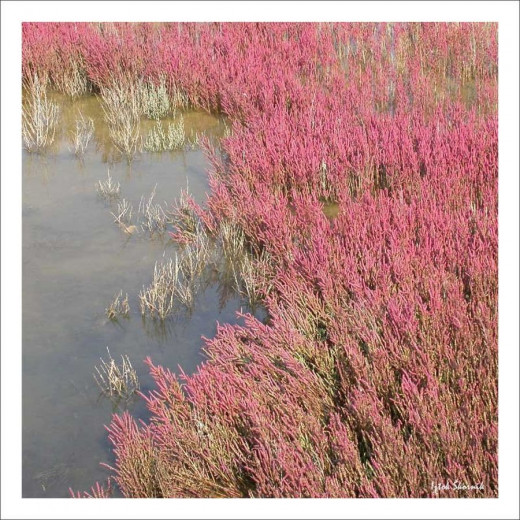 The halophytes are at their most beautiful at the end of summer when the halophyte meadows are dressed in red-violet, giving the area a special feel. Photo: Iztok Škornik/Sečovlje Salt Pans Landscape Park
The halophytes are at their most beautiful at the end of summer when the halophyte meadows are dressed in red-violet, giving the area a special feel. Photo: Iztok Škornik/Sečovlje Salt Pans Landscape Park
-
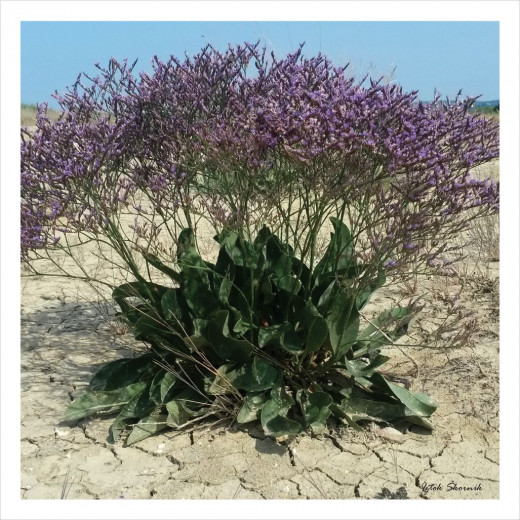 Sea-lavender. Photo: Iztok Škornik/Sečovlje Salt Pans Landscape Park
Sea-lavender. Photo: Iztok Škornik/Sečovlje Salt Pans Landscape Park
-
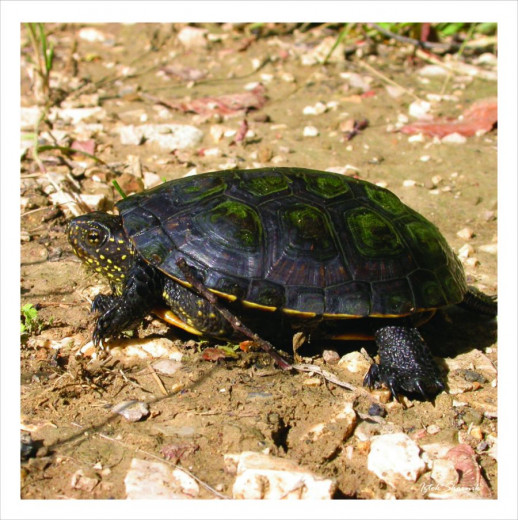 Emys. Photo: Iztok Škornik/Sečovlje Salt Pans Landscape Park
Emys. Photo: Iztok Škornik/Sečovlje Salt Pans Landscape Park
The Sečovlje Salt Pans Landscape Park is open to individuals and groups. First-time visitors are advised to take a guided tour with a nature protectionist for a more detailed presentation.
Strunjan Salt Pans
The Strunjan Salt Pans are part of the Strunjan Landscape Park and are protected as a natural and cultural monument. The park covers four kilometres of the Strunjan Peninsula between Simon's Bay and the Bay of Strunjan. They are the northernmost salt pans in the Mediterranean where salt is still harvested the traditional way.
-
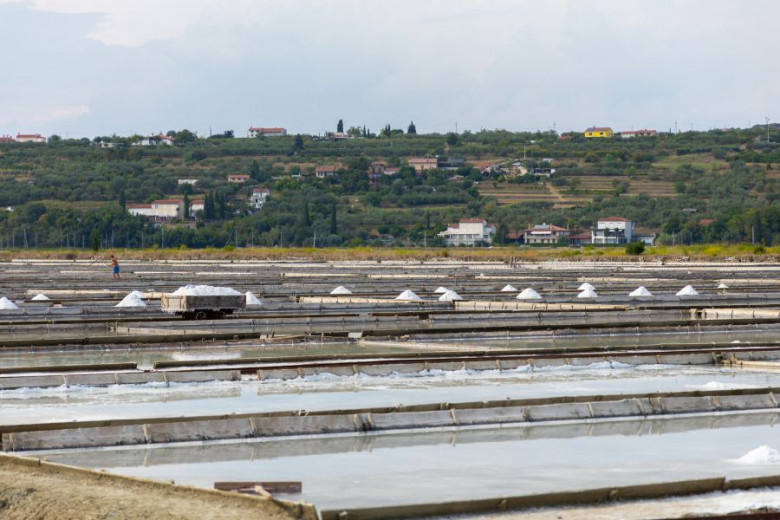 Salt Pans. Photo: Dražen Stader/STO
Salt Pans. Photo: Dražen Stader/STO
-
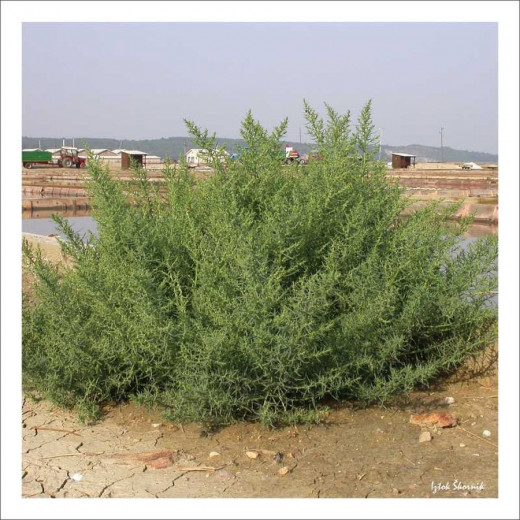 Suaeda maritima. The salt pan dykes are home to many plants, including the goat's beard. Photo: Iztok Škornik, Sečovlje Salt Pans Landscape Park
Suaeda maritima. The salt pan dykes are home to many plants, including the goat's beard. Photo: Iztok Škornik, Sečovlje Salt Pans Landscape Park
-
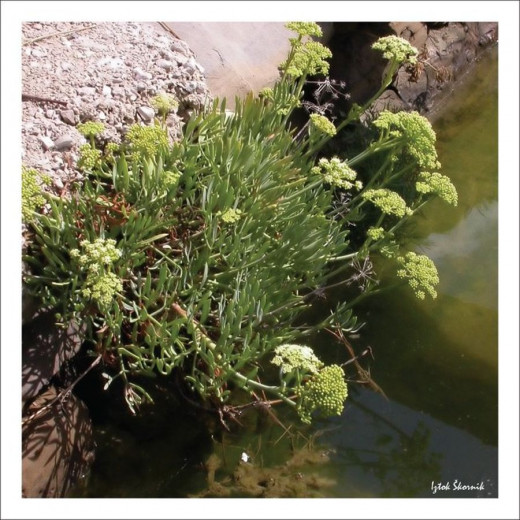 Dill (Anethum graveolens). Photo: Iztok Škornik, Sečovlje Salt Pans Landscape Park
Dill (Anethum graveolens). Photo: Iztok Škornik, Sečovlje Salt Pans Landscape Park
-
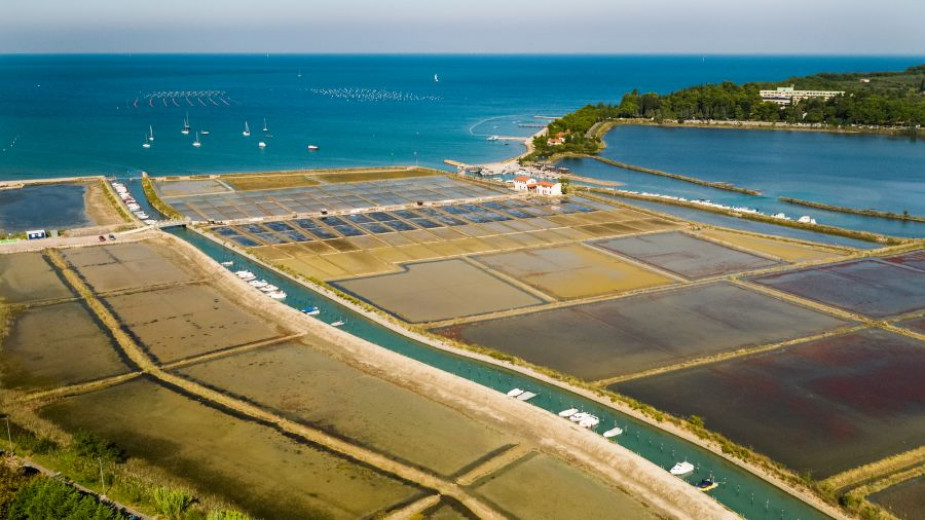 Strunjan Salt Pans. Photo: Dražen Stader/STO
Strunjan Salt Pans. Photo: Dražen Stader/STO
The wisdom of continuing to harvest salt using only traditional tools and techniques has awarded us with natural wealth in the salt pans. The harvested salt is raked with wooden scrapers and left to drain. When dry, the salt is gathered, transported in little wagons and stored in storage facilities. The salt is thus completely natural and healthy.
Salt and people
Salt, sodium chloride (NaCl), is vital for us humans. Slovenian salt is much prized for its quality and mineral content. Slovenians put salt in practically every dish to improve its flavour. But don't forget, too much salt is bad for us. The sufficient daily salt intake for an adult is 1.4 grams.
Cultural heritage
Favourable conditions for Slovenian salt pans were created centuries ago. The salt pans are mentioned in the preserved excerpts from the 1274 town charters. They contain a few decrees regulating the salt pans and the residents' rights regarding the harvesting of and trading in salt. It is a known fact that salt has an important place in history. Having salt meant having wealth and power. Until recently, salt was the most important trading good for the people of Piran. The local saying "Piran is the result of salt" means that the beauty of the town is the result of the wealth created in the salt trade. Piran's development is largely due to salt pans in Sečovlje, Lucija and Strunjan. The salt pans are undoubtedly Piran's ethnographic monument.
-
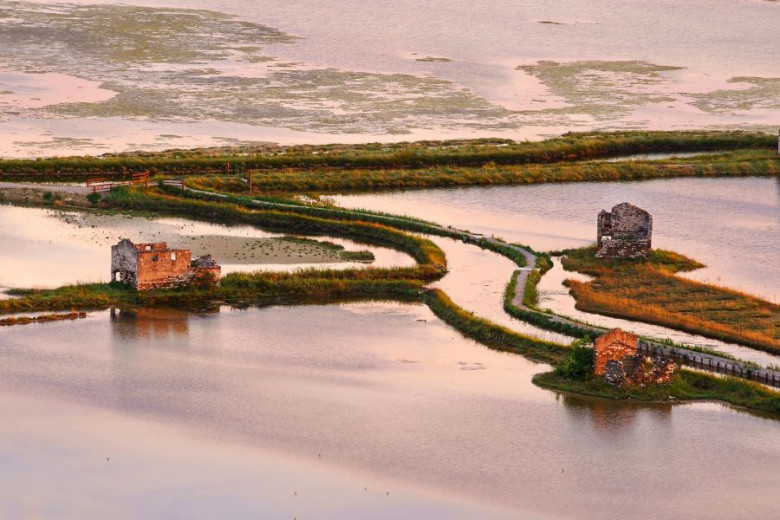 The people of Piran used to start the harvest season with the families leaving for the salt pans en masse on St George's Day, 23 April. But the true salt harvesting holiday was St Bartholomew's Day celebrated on 24 August, marking the end of the season. Photo: STO
The people of Piran used to start the harvest season with the families leaving for the salt pans en masse on St George's Day, 23 April. But the true salt harvesting holiday was St Bartholomew's Day celebrated on 24 August, marking the end of the season. Photo: STO
-
 The salt pan house had a downstairs and an upstairs area. The downstairs area was used for storing salt while the upstairs area consisted of a kitchen as well as resting and living quarters for the summer. Photo: Jan Godec/STO
The salt pan house had a downstairs and an upstairs area. The downstairs area was used for storing salt while the upstairs area consisted of a kitchen as well as resting and living quarters for the summer. Photo: Jan Godec/STO

